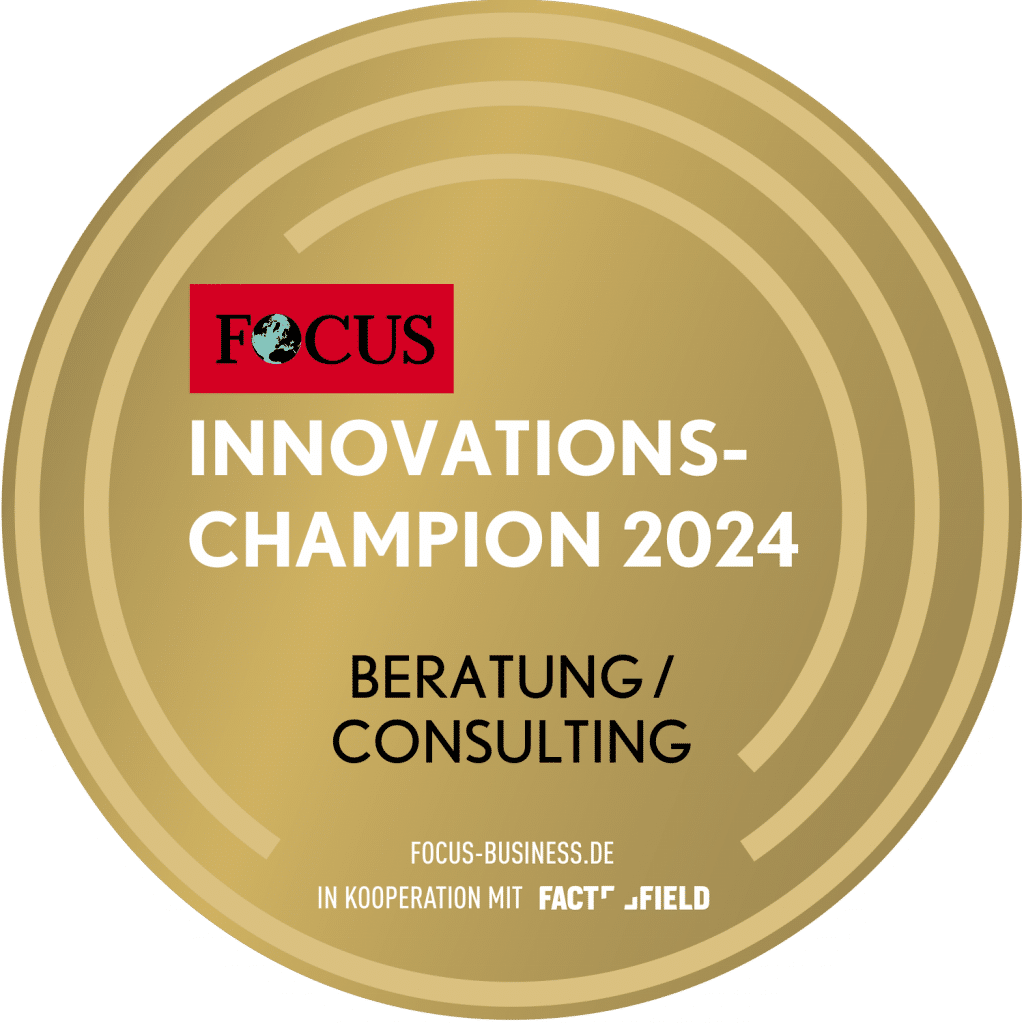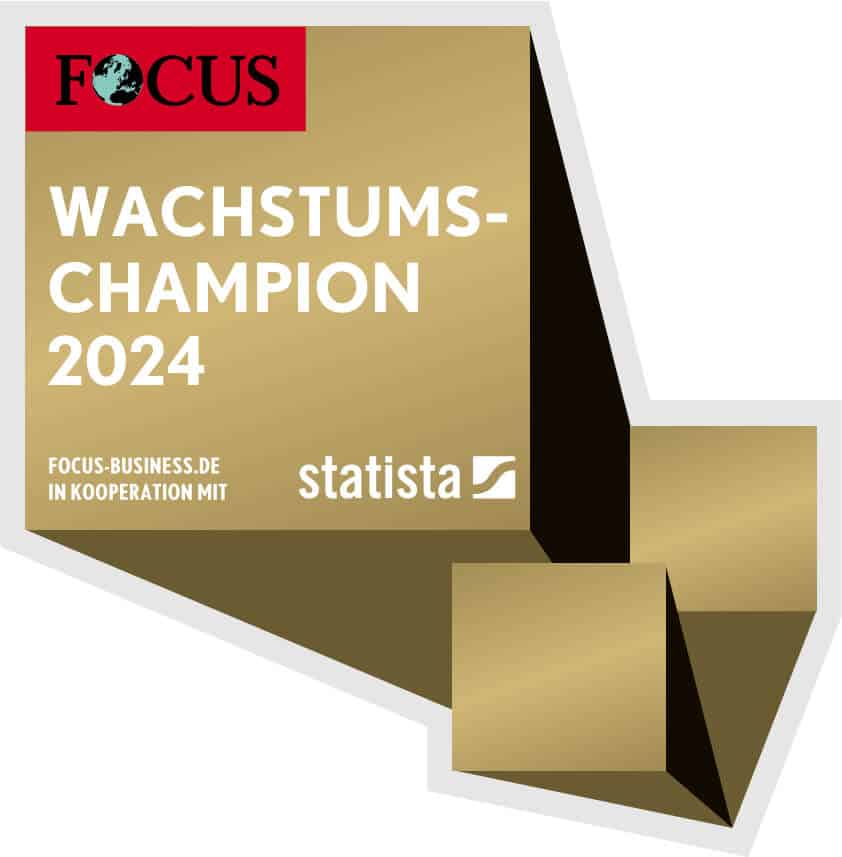Dass eine Gesamtorganisation ihre Prozesse möglichst aufwandsarm und transparent gestalten sollte, ist nichts Neues. Dennoch sind viele Unternehmen davon weit entfernt. Umso stärker fallen Workarounds, Zusatzsysteme und Intransparenz ins Gewicht, wenn bei einem Post-Merger-Integration (PMI)-Projekt nicht nur stattliche Summen auf dem Spiel stehen. Im neuen Sammelband „Transformationsvorhaben mit dem Enterprise Transformation Cycle meistern“, der von Peter Steinhoff und Mario Pfannstiel herausgegeben wurde, erläutert der Beitragsautor Bernd Ettelbrück, welche Herausforderungen dabei eine zentrale Rolle spielen – und wie sich kritische Projektsituationen mithilfe des ETC-Ansatzes auflösen lassen. Im Interview dazu geht er auf einige spannende Aspekte ein, unter anderem das Verhältnis zwischen den Abteilungen, Heldenkult sowie Mikromanagement; und essenzielle Erfolgsfaktoren für Projekte, die allzu schnell übersehen werden.
Note from the TCI editorial team: Read also part one of the interview - Der Komplexitätsfalle entkommen: Post-Merger-Integration (PMI)-Projekt als Paradebeispiel.
Wie Heldenkult und Mikromanagement sämtliche Prozesse beeinflussen
Beate Greisel: Herr Ettelbrück, bei der Beschreibung des IST-Zustands – vor Beginn der Projektarbeit mit dem ETC – beschreiben Sie einen „Heldenkult“, der in der Firma herrschte. Was verbirgt sich hinter diesem Begriff?
Bernd Ettelbrück: „Heldenkult“ ist die überspitzte Formulierung der Selbstwahrnehmung des Managements und des – meist – Managers (bewusst in seiner männlichen Form), der bis heute zu finden ist, vor allem in den westlichen Ländern, USA und Europa.
Hat ein Manager alles geregelt, dann herrscht das klassische Bild: Die Prozesse sind definiert und laufen, Entscheidungen sind delegiert. Die Mitarbeitenden wissen, was zu tun ist und sind zufrieden, es gibt Vertretungsregelugen, kurzum: der Laden läuft rund. Dann wird schnell gefragt, ob man den Chef wirklich braucht und ob es sich um einen „Schönwetter-Kapitän“ handelt.
Ist hingegen nichts klar, herrscht Mikromanagement, Vorgesetzte mischen sich ins operative Geschäft ein und entscheiden willkürlich. Dann wiederum sind die Mitarbeitenden verunsichert und eskalieren alles nach oben, es gibt keine klaren Verantwortungsbereiche – und daher klingelt beim Chef auch im Urlaub fortwährend das Telefon. Dann hat man „einen richtig guten Manager“, ohne den es nicht läuft. Das glauben dann alle oberen Vorgesetzten, die Mitarbeitenden und vor allem der Chef selbst, der fortwährend die Rückmeldung per Telefon und E-Mail erhält, dass es ohne ihn oder sie nicht geht. Er oder sie ist der „Held“, der Feuerlöscher, der von einem Rettungseinsatz zum nächsten rennt und darüber vergisst, sein Geschäft vernünftig zu organisieren.
BG: Das sind extreme Kontraste. Eine Frage mit dem Blick auf die Gesamtorganisation: Welche Rolle spielt die Unternehmens-IT in dieser Hinsicht?
BE: Die Unternehmens-IT folgt oft diesem Zug. Man sieht das, wenn man das Infrastrukturschaubild und das Netzwerk der Systeme und die Anzahl der Schnittstellen ansieht. Der operative Druck führt zu immer neuen Umwegen und zusätzlichen Systemen, die oft Einzelanforderungen befriedigen und selbst wiederum neue Herausforderungen wie Schnittstellen und Prozessumwege erfordern. Das ist in vielen Unternehmen so. Und das ist mir wichtig – nicht weil die Menschen es nicht besser wüssten oder könnten. Es fehlt in Anlehnung an den ETC die Strategie, die Ziele beziehungsweise die Produkte und ein klarer Prozess. Daher wird gemacht, was gerade wichtig ist und oben auf die Agenda gesetzt wird.
Intransparenz und zu hoher Aufwand hängen unmittelbar zusammen
BG: Individualisiertes Bearbeiten der Anliegen der Kund*innen hat seine Vorteile – möchte man meinen. Inwiefern stellte das ein Problem für das Unternehmen im bereits angesprochenen PMI-Projekt dar?
BE: Das gilt nicht nur für Telekommunikationsprovider. Leistungen sind zu produzieren, bereit zu stellen, zu servitisieren und abzurechnen. Jeder Service kostet, vor allem das Abrechnen ist eine wichtige Voraussetzung für erfolgreiche Services. Kann ich als Unternehmen meine Serviceleistung verständlich erklären, den Nutzen deutlich machen und dafür einen angemessenen Preis nachvollziehbar berechnen? Klingt banal, ist es oft nicht. Kundenindividuelle Leistungen folgen nicht dem Standardprozess, das heißt, das Produkt, seine Bereitstellung, der zugehörige Service oder auch die Art der Abrechnung sind besonders. Das kostet manuelle Zusatzleistungen, manuelle Eingriffe ins System – unter denen die Transparenz leidet – und viel Geld. Denn die Menschen, die das machen, müssen bezahlt werden. Oft sind die Kunden nicht bereit, diese Mehrleistungen zu tragen und es wird quer subventioniert, weil man den Kunden nicht verlieren möchte. Das führt zu noch mehr Intransparenz. Da erinnere ich an Ihre Frage von eben – was hat das für einen Einfluss auf die IT-Systeme?
Wenn man als Telco Provider individuelle Leistungen anbietet, dann ist das ein sehr aufwendiger Prozess, den man genau überlegen muss und am besten in eine eigene Organisationseinheit auslagert (Stichwort: Transparenz). Rechnet man die Aufwendungen durch und stellt die erzielbaren Umsätze im Wettbewerb dagegen, dann sind die Erträge oft unbefriedigend. Leider wird das zu wenig gemacht. Auch hier gibt es Auswege und Chancen, das ist aber nicht Gegenstand unseres Gesprächs. Sie hatten nach der Art des Problems gefragt.
Der Projekterfolg hängt davon ab, die richtigen Fragen zu stellen
BG: Wie genau die Auswege und Chancen in diesem Szenario aussehen können, sprengen vermutlich in der Tat den Rahmen unseres Gesprächs. Zäumen wir das Pferd also andersherum auf: Wie konnte die ETC-Methode dann letztendlich dazu beitragen, diese Dilemmata zu lösen?
BE: Auch hier hilft die ETC-Methode mit den Fragen, die ich im ersten Teil bereits angesprochen hatte: Was wollen wir? Wie wollen wir es machen? Was ist dazu notwendig? Konkret: Welche Kundensegmente möchten wir zusätzlich ansprechen? Wie erreichen wir die? Was brauchen die konkret? Können wir das leisten? Was kostet uns das? Was sind die potenziellen Kunden bereit zu zahlen? Können wir das für den Preis durchführen?
Ein konkretes Beispiel in unserem Programm war das Angebot von breitbandigen Anschlüssen (mehr als 500 Mbit pro Sekunde) für Kleingewerbetreibende in strukturschwachen Gebieten. Gerade sie wollen wegen der weiten Anfahrtswege ihren Kunden viele Dienste online anbieten. Um diesen Wunsch zu erfüllen, muss ein einsames Gebiet mit Glasfaser angeschlossen werden. Das Bereitstellen für ein einzelnes Unternehmen ist zu teuer.
Was wir gemacht haben, ist, gemeinsam mit der örtlichen oder kantonalen oder regionalen Handelskammer und unserer Marketingabteilung eine Kampagne zu starten und mehr Unternehmen für einen Glasfaseranschluss zu begeistern. Das war ein großer Erfolg, und innerhalb von zwei Jahren sind für über 270 Millionen Euro Glasfasernetze eingerichtet worden. Und: Die Investitionen waren über die Abnahmegarantie vieler Kleingewerbetreibende und auch interessierter Privatkunden abgesichert.
BG: Ich würde sagen, das ist ein gutes Schlusswort zu diesem Interview. Lieber Herr Ettelbrück, ich danke Ihnen sehr für dieses interessante Gespräch!
The interview with Bernd Ettelbrück was conducted by Beate Greisel for the TCI editorial team.
Lesen Sie auch Teil Eins des Interviews: Der Komplexitätsfalle entkommen: Post-Merger-Integration (PMI)-Projekt als Paradebeispiel.
"Mastering transformation projects with the Enterprise Transformation Cycle" - published August 2020
The Transformation Consulting International has been supporting national and international transformation projects in companies for many years. Based on this extensive wealth of experience in practical implementation, the second volume, entitled "The Enterprise Transformation Cycle", has been published after the first. "Mastering transformation projects with the Enterprise Transformation Cycle: successfully planning, implementing and completing projects" published by the renowned Springer-Verlag. As a continuation of the first volume, this one takes into account further wishes and suggestions from readers and presents concrete transformation projects and situations of action by TCI experts in their daily application of the ETC. This second volume was also edited by Mario A. Pfannstiel and Peter F.-J. Steinhoff and comprises a good 500 pages. In it you will find Numerous theoretical-conceptual contributions and case studies from practice on the "Enterprise Transformation Cycle".
(Coverbild: © Shutter B | Adobe Stock)


